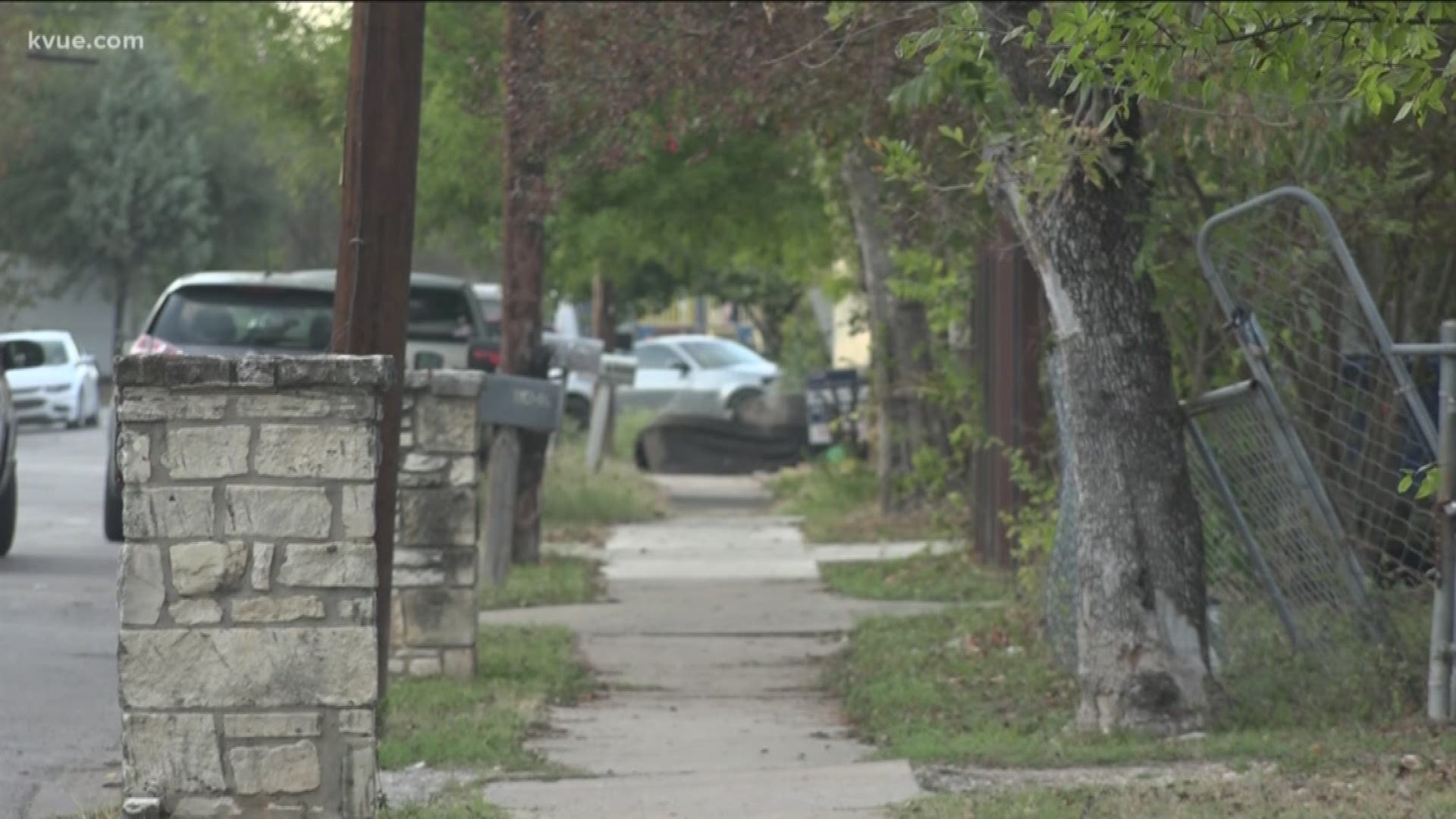AUSTIN, Texas — The Austin Justice Coalition and Huston-Tillotson University launched a joint pilot project to survey residents in Austin neighborhoods that have been identified as vulnerable to displacement and gentrification.
AJC and Huston-Tillotson University are using findings released by the University of Texas Uproot Project to follow up with residents in those neighborhoods. On Saturday and Sunday, volunteers knocked on dozens of doors across a few of those neighborhoods south of Austin to ask open-ended questions.
"Sort of feel how people are reacting to all the change they see around them,” João Paolo Connelly with AJC said.
Connelly led the surveying for the first weekendand said it's a pilot project from the partnership. He said it should last a month, and then they hope to expand the survey into 2020 and last potentially all year. Once they gather and analyze the responses and data from residents, Connelly hopes to share it with the city.
“It’s one thing to look at that displacement from the top and it’s another thing to start really listening to the people who are facing those pressures," Connelly said.
RELATED:
“The idea is to bring community voices into the center of the conversation around housing and affordability in Austin," Connolly said.
Volunteers are first focusing on the neighborhoods in the dark red color in the above tweet. Connolly echoed the study of displacement within Austin should start from the people living in the vulnerable neighborhoods.
“It’s one thing to look at that displacement from the top and it’s another thing to start really listening to the people who are facing those pressures," Connolly said.
The report identified vulnerable neighborhoods using five different criteria:
1. Percent of People Who are Renters
2. Percent People of Color
3. Percent of People 25 Years and Older With No Bachelor's Degree
4. Percent of Children in Poverty
5. Percent of People Making Less than 80% of Median Family Income
PEOPLE ARE ALSO READING:

